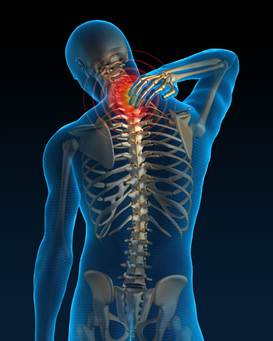
Clearly, surgery may be required for a number of reasons; spinal tumours, fractures and “degenerative disc disease”. The vast majority relates to the latter and this information relates primarily to that. (If your situation concerns tumours or fractures then we will happily advise though the details are specific to your case and are best discussed in clinic at The Spine Surgery London).
The prime aims of cervical surgery are usually to relieve one or more of the following:-
1. Pressure on the spinal cord- myelopathy
2. Pressure on the cervical nerve roots- radiculopathy
3. Correct any deformity and instability – spondylolisthesis/subluxation
4. Restore or preserve movement
The problems the surgery may relieve include:
a) Pain in the arms – brachalgia
b) Pain in the neck – cervicalgia (seldom is this an indication for surgery alone)
c) Pins and needles or numbness in the arms, trunk or legs
d) Weakness in the arms or legs
e) Deformity – curvature of the spine/neck
f) Stiffness – reduced range of movement
The challenges are to:
i. Preserve or restore as much motion as possible
ii. Prevent or correct deformity
iii. Keep access to a minimum
The surgery may involve surgery at a single disc or multiple discs, it may involve the removal of a whole bone or bones and may be performed from the front of the neck, (anterior surgery), or from the back, (posterior surgery).
We will cover here;
a. Anterior surgery;-
I. Discectomy and disc replacement,
II. Discectomy and fusion,
III. Vertebrectomy/corpectomy - removal of a vertebra or vertebrae
b. Posterior surgery
I. Decompression
i. Fenestration
ii. Laminectomy